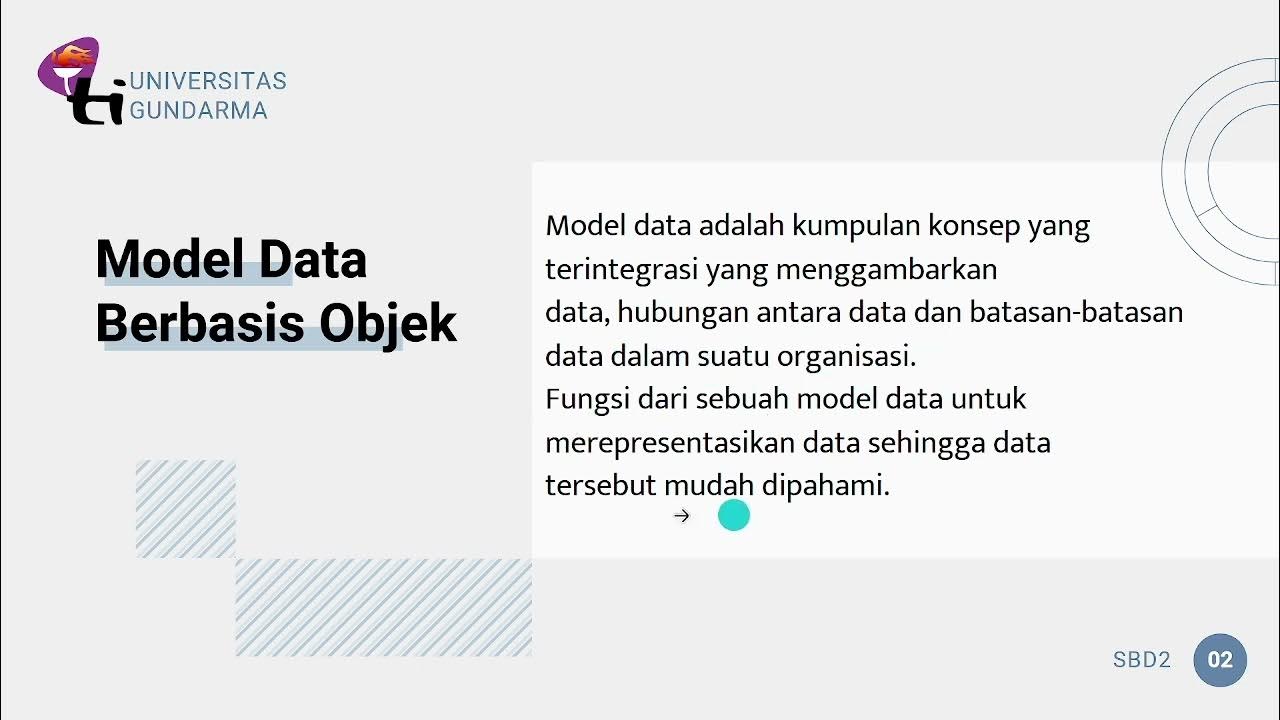Geografi - PETA
Summary
TLDRIn this informative session led by Denis Prasetya, the fundamentals of cartography are explored, covering essential definitions, various types of maps, and their key components. Viewers learn about the distinctions between general and thematic maps, scales, and data sources. The importance of map components such as titles, scales, orientations, and legends is emphasized, illustrating their roles in enhancing usability and understanding. With practical examples, this session provides a comprehensive foundation for anyone interested in the art and science of map-making.
Takeaways
- 📚 A map is a representation of selected features from the Earth's surface, typically displayed on a flat plane and reduced in scale.
- 🌍 Different definitions of a map highlight its role in depicting the Earth's surface using various projection systems.
- 🔍 Maps can be categorized into general maps (topographic and chorographic) and thematic maps that focus on specific phenomena.
- 📏 Maps vary in scale, from cadastral maps (1:100 to 1:5,000) to geographical maps (greater than 1:1,000,000).
- 📊 Base maps are derived from direct field surveys, while derived maps are created based on existing maps.
- 🗺️ Key components of a map include the title, scale, orientation, symbols, legend, and more.
- 🔢 The scale of a map indicates the relationship between distances on the map and actual distances, with types including numeric, graphic, and verbal scales.
- 🧭 Orientation shows cardinal directions (North, South, East, West) on a map, essential for navigation.
- 📌 Symbols and legends are crucial for understanding the features depicted on the map, with different symbols representing points, lines, and areas.
- 📅 Including the source and year of creation on a map enhances its credibility and relevance for users.
Q & A
What is the definition of a map according to the International Cartographic Association?
-A map is defined as a representation of selected elements of the Earth's surface or celestial bodies, generally depicted on a flat surface and reduced in scale.
What are the key components that make up a map?
-The key components of a map include the title, scale, orientation (or compass rose), symbols and legend, border, source and date of creation, inset, and lettering.
What are the different types of maps based on the information they provide?
-Maps can be classified into two main types based on information: general maps (which include topographic and chorographic maps) and thematic maps (which focus on specific aspects or phenomena).
How is a topographic map different from a chorographic map?
-A topographic map displays the relief and elevation of the Earth's surface, while a chorographic map provides a general view of a portion or the entire surface of the Earth.
What does a thematic map represent?
-A thematic map conveys information about specific aspects or phenomena on the Earth's surface, such as resource distribution, land use, or population density.
What is the difference between a large-scale map and a small-scale map?
-A large-scale map shows a smaller area with greater detail (e.g., 1:1,000), while a small-scale map covers a larger area with less detail (e.g., 1:1,000,000).
What role does the scale of a map play?
-The scale of a map is the ratio of distance on the map to the actual distance on the ground, allowing users to understand distances and sizes represented.
Why is the orientation or compass rose important on a map?
-The orientation or compass rose indicates the cardinal directions (North, East, South, West), helping users to understand how the map aligns with the real world.
What is the significance of symbols and legends in a map?
-Symbols and legends provide a key to understanding the features represented on a map, indicating what each symbol means and allowing users to interpret the map accurately.
How does the source and date of creation affect a map's reliability?
-The source and date of creation confirm the map's credibility and relevance, ensuring that the information is accurate and up-to-date for users.
Outlines

此内容仅限付费用户访问。 请升级后访问。
立即升级Mindmap

此内容仅限付费用户访问。 请升级后访问。
立即升级Keywords

此内容仅限付费用户访问。 请升级后访问。
立即升级Highlights

此内容仅限付费用户访问。 请升级后访问。
立即升级Transcripts

此内容仅限付费用户访问。 请升级后访问。
立即升级5.0 / 5 (0 votes)






